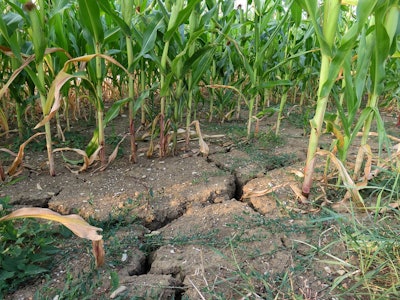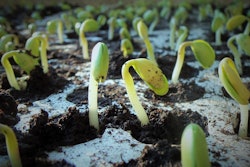
Ag Relief Details Announced
- The second round of the Coronavirus Food Assistance Program (CFAP2) will pay up to $14 billion on major crops as well as livestock, dairy and tobacco.
- The new support package will largely be funded by the Commodity Credit Corp which does not need to be approved by Congress.
- The USDA said that major row crops were eligible because the national average price fell at least 5% between mid-January and late July.
- Farmers could receive about 23 cents a bushel for corn, or $3.427 billion.
- Reports estimate 31 cents a bushel for soybeans, or $1.337 billion.
- The program also allows farmers to apply for aid at $15 per acre for major row crops such as corn, soybeans and wheat.
- Livestock producers will be paid $23 per pig, and $55 per head on cattle.
- Producers can apply for assistance beginning Sept. 21, 2020. Applications will be accepted through Dec. 11, 2020.
FBN’s Take On What It Means: Payments will be based on 2020 planted acres of the crop, excluding prevented planting and experimental acres. Payments for price trigger crops will be the greater of: 1) the eligible acres multiplied by a payment rate of $15 per acre; or 2) the eligible acres multiplied by a nationwide crop marketing percentage, multiplied by a crop-specific payment rate, and then by the producer’s weighted 2020 Actual Production History (APH) approved yield. If the APH is not available, 85 percent of the 2019 Agriculture Risk Coverage-County Option (ARC-CO) benchmark yield for that crop will be used. Additional information and application forms can be found at farmers.gov/cfap.
U.S. Plains Need Rain
- The National Weather Service outlook for October through December is for drier and warmer than usual conditions in HRW production areas.
- The bulk of wheat planting in the central and southern Plains usually occurs in October and early November.
- A La Nina weather pattern is expected to dominate the next few months and tends to reduce rainfall often brings warmer than normal fall temps.
- Some parts of hard red winter wheat country are experiencing small moisture deficits relative to normal over the past 30 days.
- Concern about drying in the US hard red winter wheat areas could extend into parts of Missouri.
- Areas farther into the eastern Midwest are forecast to be sufficiently moist later this fall to support soft wheat planting and emergence.
FBN’s Take On What It Means:The current situation is far from critical because of the recent rain and that which occurred earlier this summer. However, unirrigated production areas could end up with poor germination and emergence conditions in October when it matters most. Developing dryness issues in the U.S. could be supportive to prices since there are already concerns over dryness in parts of Argentina and the Black Sea region.
FBN Market Advisory services are offered by FBN BR LLC, dba FBN Brokerage, FBN BR and FBN Market Advisory (NFA ID: 0508695)
The risk of trading futures and options can be substantial and may not be suitable for all investors. Past performance is not necessarily indicative of future results.
This is not an offer or solicitation in any jurisdiction where we are not authorized to do business or where such offer or solicitation would be contrary to the local laws and regulations of that jurisdiction, including, but not limited to, persons residing in Australia and Canada.










